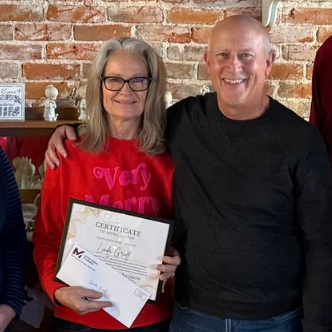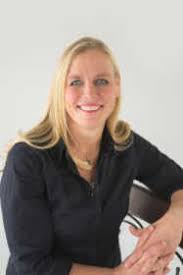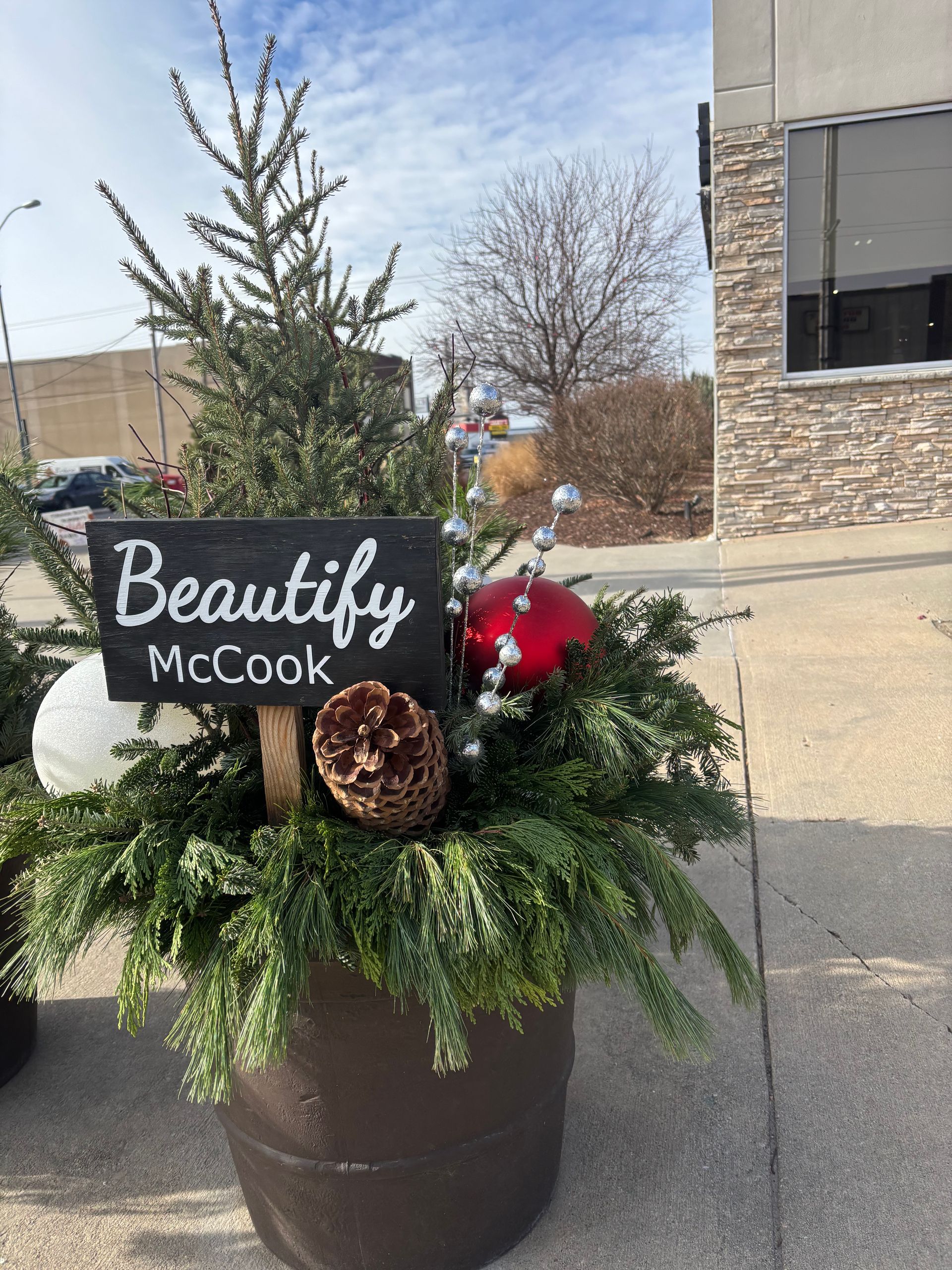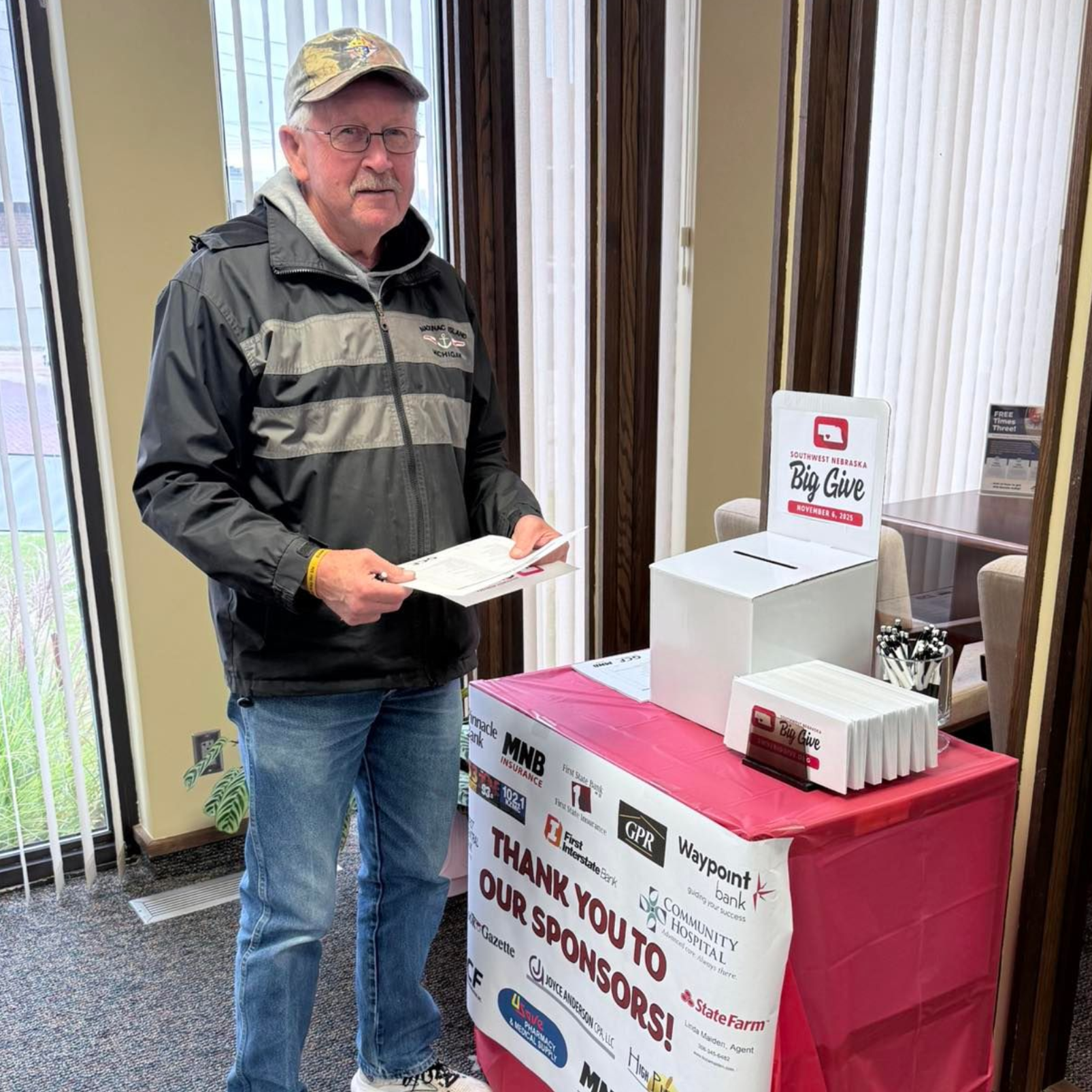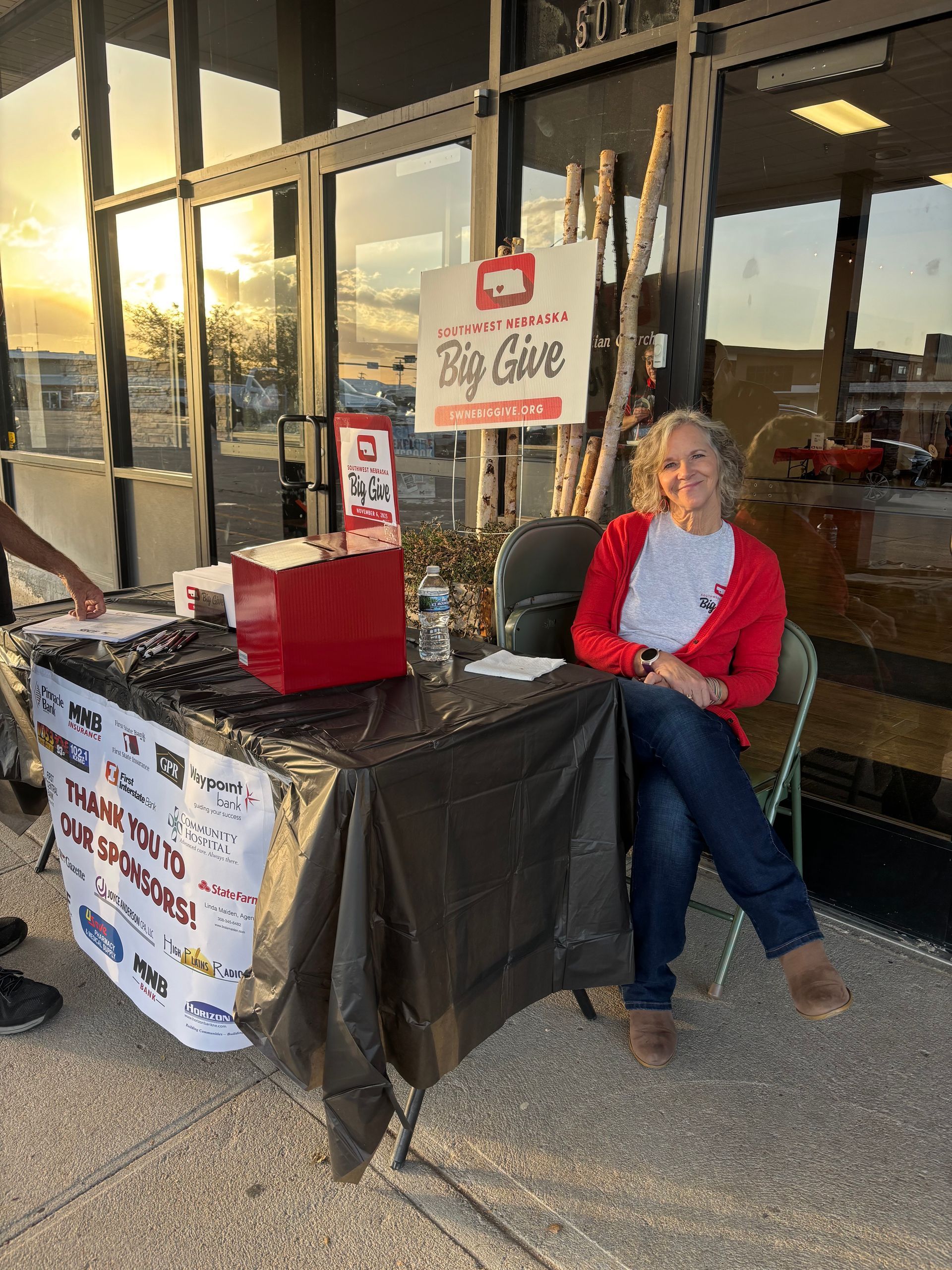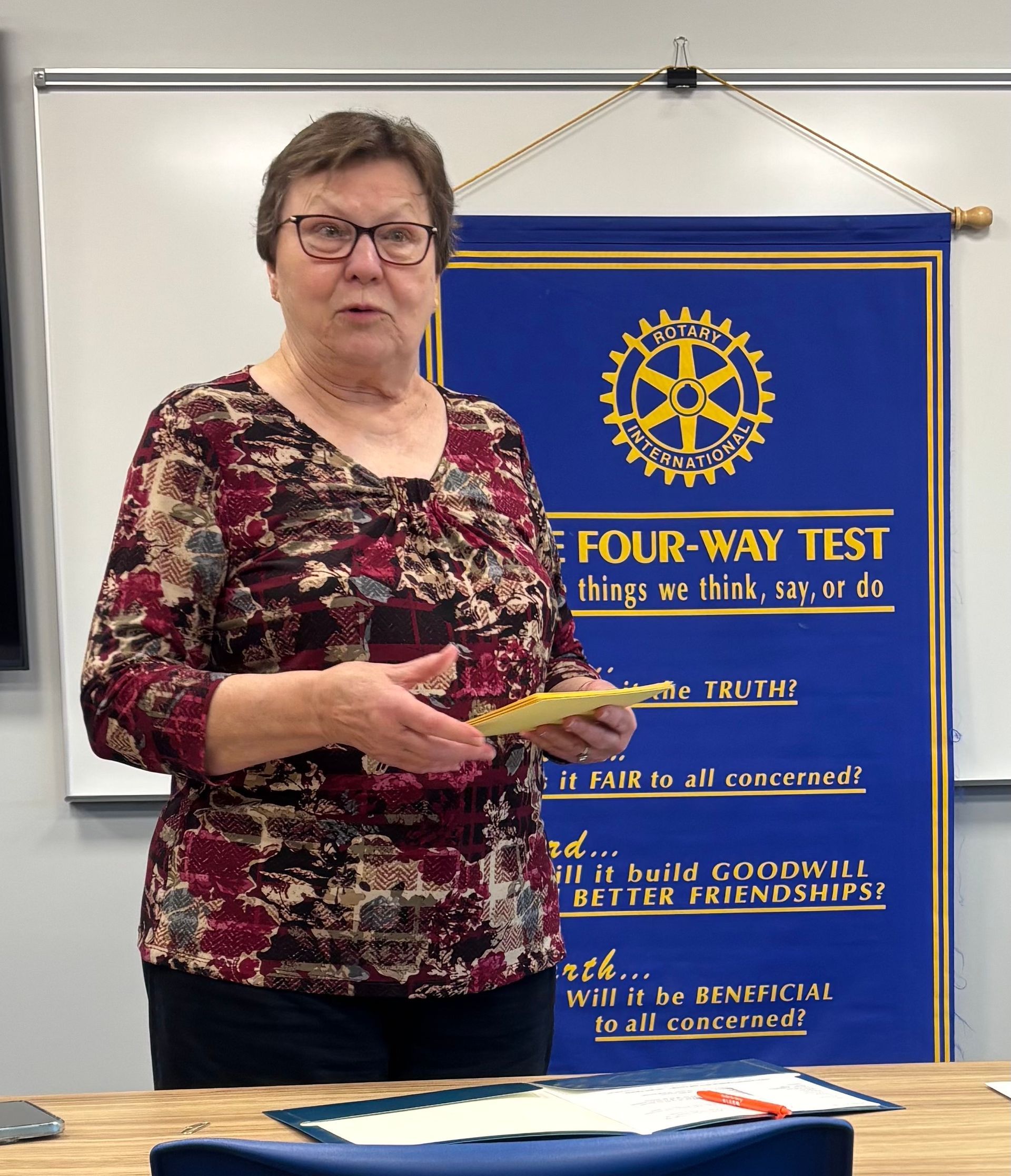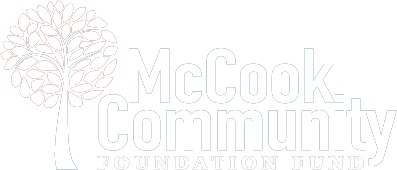It goes both ways.
On one side of the coin, citizens need to take the responsibility to get involved. They need to attend public meetings, even if it is three hours of budgets and spreadsheets. They need to belong to service organizations, which bring together a diverse group of people to better their community. They need to appreciate what is already in place, while working together to make it even better.
On the flip side, our leaders, both in the government and in community organizations, need to include others when making decisions or considering projects or determining what will happen 5, 10, 20 years from now.
That feeling of inclusion is important if a community is going to grow and thrive.
If we want our young people to feel like they are really part of the community, they need to be heard and their opinions respected. If we want new-comers to get involved, they need to be asked and feel valued. If we want our community to work together, we need to make sure everyone feels included and feels needed.
Ultimately, people want to have a say in what their community should look like and what their community needs. And that involves work.
The easy button for any government agency or community organization is to go it alone, to do it themselves, without asking for input or help or outside opinions. To some, an ideal world is where everyone pays their taxes and doesn’t ask for anything or who pays their dues but doesn’t get involved or even show up.
But that doesn’t lead to long-term growth or a deep attachment to a community or organization. People who have been asked to contribute and had a role in a decision being made are the ones who are going to work to make their community better.
In my ideal world, our parks are so full of giggling children and laughing parents that we have to replace the equipment every few years or even consider the development of more green space. Our downtown streets are so full of people out and about - walking, shopping and visiting - that the road is occasionally shut down to traffic. Our service organizations have so many active members that they have to take turns volunteering for community projects.
And we have city council meetings with people standing along the back wall waiting to be heard about the budget. We have school board meetings packed with residents there to celebrate the students’ accomplishments and ask questions about the curriculum.
According to a recent study from the Knight Foundation, people will fit in better if a city has incorporated community feedback. People want to feel included, like their voice has been heard and that their opinion matters.
Governments are used to a top-down approach without an emphasis on engagement. But the best project will involve a variety of people and a host of organizations with wide-ranging opinions and ideas who have come together to meet the needs or the community.
This has a ripple effect on the rest of the community from workforce development and youth engagement to development and resilience. If citizens feel like they have value within a community, they are more likely to be involved. They are more likely to donate their time and money. And they are more likely to give their support to a project or idea.
Research has shown that community-driven programs, along with welcoming spaces, foster higher levels of attachment and trust. It is not solely up to the government to create everything we want and need in a community, but those projects which are coordinated by the government agencies need to listen to their residents, they need to ask their opinions, they need to include them in the discussions as well as the decision.
Communities which take the step to include as many residents as possible will be stronger, will be more vibrant, and will continue to create a better quality of life for everyone. By making people feel included and needed, we will make McCook an even better place to call home.

While many people think volunteering is for older residents, serving your community has no age restrictions. And young people can regularly be found lending a hand or offering their services in their hometown. The November 2025 McCook Volunteer of the Month recognizes one of many young people are working to make their community an even better place to call home: Grady Riemenschneider. Currently a senior at McCook High School, Grady volunteers with a wide variety of organizations and groups. As a four-year member of the McCook Community Foundation Fund’s Youth Change Reaction, Grady serves as the ambassador for the youth group’s “Cars Under Stars,” the outdoor movie theater at the Red Willow County Fairgrounds. At nearly every showing, he can be found operating the projector and setting up the parking lot, as well as passing along his knowledge to the next ambassador. In McCook’s FFA program, Grady has held officer roles the past four years and is currently the chapter vice president, organized the chapter banquet in 2025 and coached for the conduct of chapter meetings. Along with serving as the president of the Driftwood Feeders 4-H Club, he assists with setup, tear down and fundraising for the dog show and helps fellow members train their dogs. Grady steps in to help and lead at local events, including Prairie Plains CASA’s Kick in’ It Up for CASA and the Cajun Broil; the Edward Jones Alzheimer’s Walk; operating sound boards for various groups; and Feed the Farmer. And he has served as a youth leader at McCook Christian Church for elementary youth since approximately 2018 as well as stepping up to ensure the ag program ran smoothly during a teacher’s maternity leave Upon request from his mother about some of Grady’s activities, Sharleen noted that he is the “Chief Household Operations Officer: first responder for Mom’s to-do list, go-to chauffeur and caretaker for his favorite sidekick (a.k.a. his nephew), and the family’s unofficial event planner who somehow keeps everyone together without a clipboard.” The McCook Philanthropy Council recognizes a volunteer every month who is doing good work in McCook and Red Willow County. If there is a volunteer in the community who should be recognized, please contact the McCook Chamber of Commerce at 308-345-3200 or visit McCook Volunteers on the McCook Community Foundation Fund’s website, mccookfoundation.org to complete a nomination form. The only requirement is that the nominee must be a resident of McCook or Red Willow County but please have information about the nominee along with where and how they volunteer in the community. The volunteer honoree is selected monthly by the McCook Philanthropy Council.
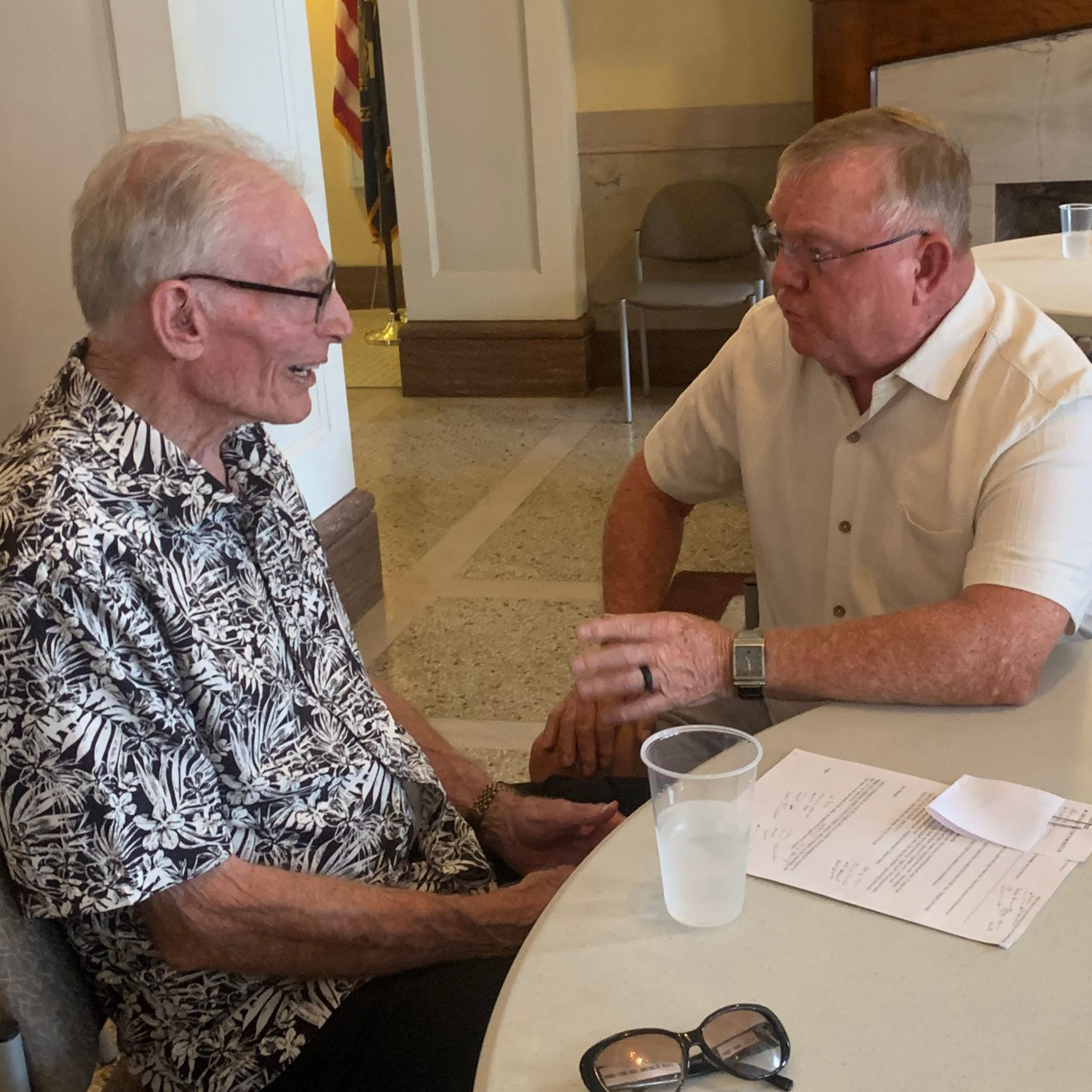
The names of those people who have made a generational impact on McCook and Southwest Nebraska is a long list. Many of them are working day-in, day-out right now to make their mark on the community. And then there are those people who no longer call McCook home but still make an impact long after they are gone. Allen Strunk is one of those people. Allen passed away on Nov. 1 at his home in Las Vegas, Nevada but he never lost the love of his hometown. Born and raised in McCook, Allen was a member of an already well-known family, Harry and Arlene Strunk. The Strunks started and published the McCook Daily Gazette, with the motto, “Service is the rent we pay for the space we occupy in this world.” A saying that was so important that Harry had it etched at the top of his downtown newspaper office on Norris Avenue. That sense of service was passed along to Allen, who continued to serve his community as he took over leadership of the Gazette. I didn’t know Allen personally until he came back for visits years later. Even though my first job upon arriving in McCook was at the McCook Daily Gazette and Allen had turned over the publishing reins to Gene Morris many years prior, the Strunk legacy loomed large. He was instrumental in the building of the then-new YMCA, moving the facility from downtown to its current location next to the McCook High School. He was a key player in the new hospital, again moving from one location to a new expanded space. And McCook Community College benefitted his involvement in an expansion. Those projects continue to impact McCook today. And the support didn’t stop just because Allen retired from the Gazette and left McCook. There are programs the Strunks are involved in that benefit McCook and Southwest Nebraska. The Strunks continue to support Santa Claus Lane, which is overseen by the McCook Chamber of Commerce. And which after a few years of decline is seeing a resurgence of enthusiasm and nostalgia for the decorative holiday pieces lining Norris Avenue. Allen funds the annual McCook Area Outstanding Teacher award, which provides a financial prize to several teachers every year. And Allen recognized the work of the McCook Community Foundation Fund, providing a donation several years ago so that he could see its impact while he was still alive. This has led MCFF to consider how they will recognize and remember Allen for years to come. Because of his belief in service to his community, this could mean more recognition for the countless volunteers who keep our community thriving. It could be a day of community service, to see how many people can come together to make something happen. It could be a celebration for all the great things happening in our community. During Allen’s memorial service this past week in McCook, his step-daughter-in-law read the poem, “The Dash" by Linda Ellis, who published it in 1996. It reflects on the meaning of the dash between the birth and death dates on a tombstone. The dash is a reminder of everything that happens between the moment a person is born and the moment a person dies. The dash emphasizes the importance of how one lives their life during that time. The dash prompts a person to think about living, rather than worrying about dying. Ultimately, the dash is where all the good - and the bad - happens. And Allen Strunk made the most of his “dash,” both in his community and within his family. We can’t all run a newspaper. We likely aren’t going to etch our favorite saying into a building. But we all need to consider how we are paying the “rent for the space we occupy in this world.” And we can all make a difference in our hometowns, whether we currently live in them or even if we haven’t stepped foot on the main street in years.

